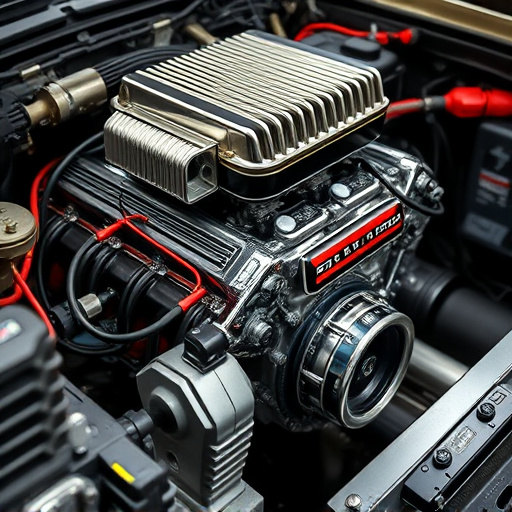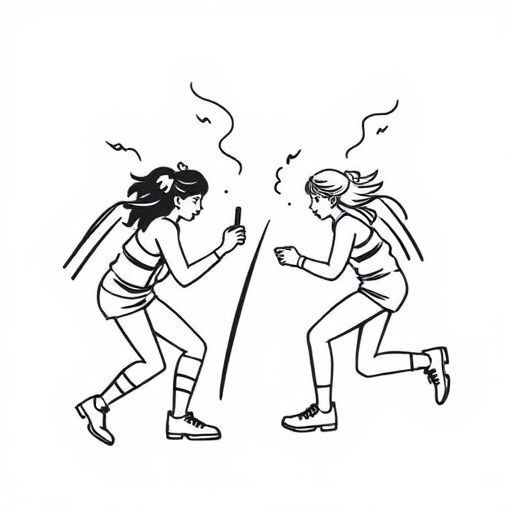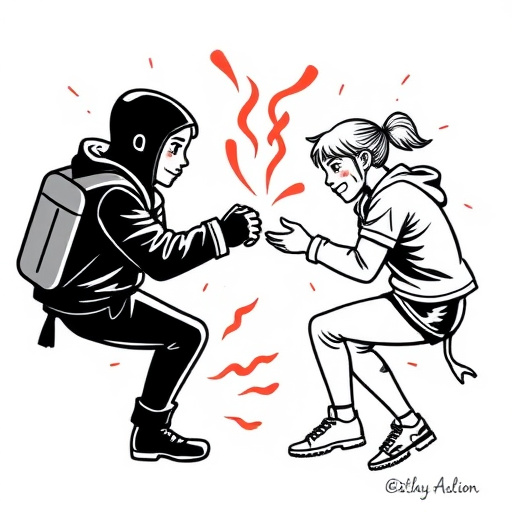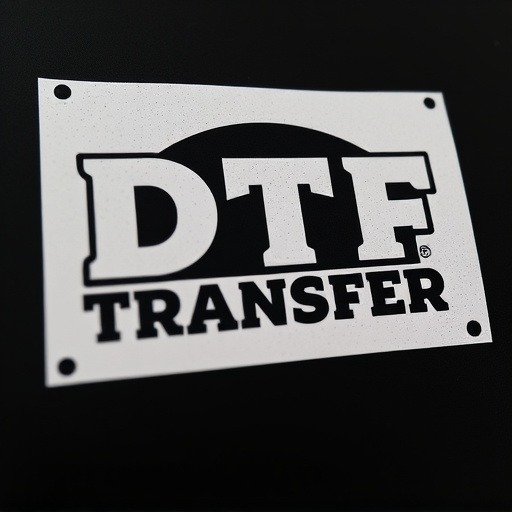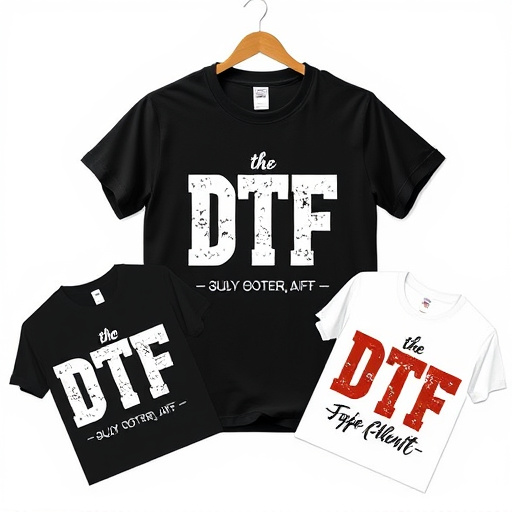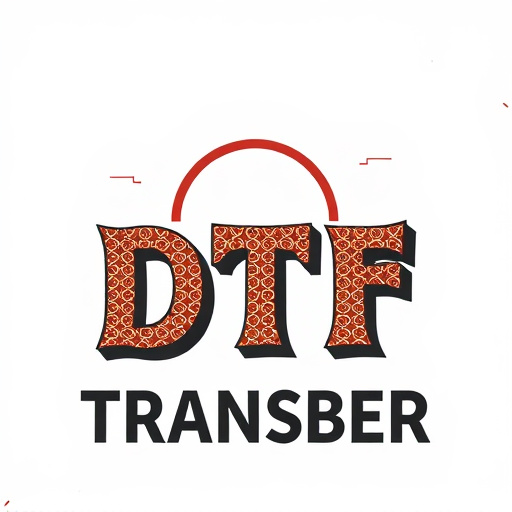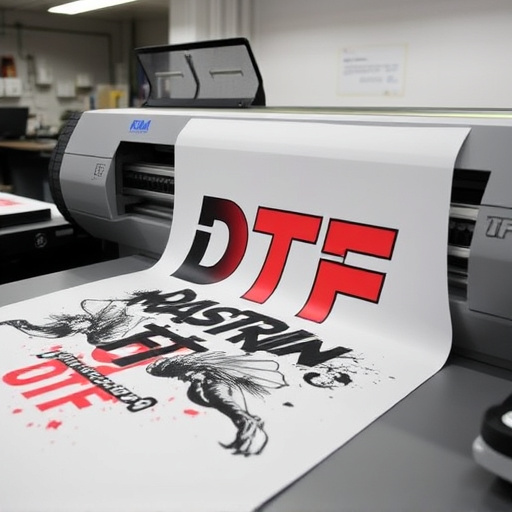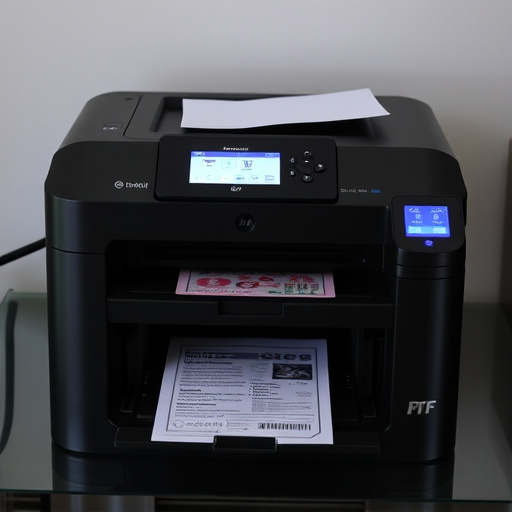Direct-To-Fabric (DTF) transfers streamline garment personalization with efficiency, precision, and permanence, appealing to both professionals and hobbyists. Pre-made DTFs offer convenience and versatility, enabling fast turnaround times, vibrant prints on various fabrics, and adaptability for small batches or one-off projects. The ideal choice for immediate results in garment customization, DTF transfers range from intricate circuit designs to robust industrial labels, each with specific material considerations like heat resistance and durability. The simple application process involves careful alignment and heat activation, revealing professional designs on fabrics. DTF's popularity stems from its efficiency, versatility, and the diverse techniques—screen printing, digital printing, and heat press methods—that cater to various design complexities and fabric types.
Discover the world of Direct-to-Fabric (DTF) transfers—pre-made, heat-appliqué designs ready to transform your garments. This innovative technique offers a swift path to personalized fashion. In this comprehensive guide, we explore the advantages of pre-made DTF transfers, their diverse applications from garment printing to customization, and essential considerations for successful projects. From choosing the right materials to step-by-step application techniques, unlock the potential of DTF for your creative endeavors.
- Understanding DTF Transfers: An Overview
- Advantages of Pre-made Heat Transfer Designs
- Applications in Garment Printing and Customization
- Choosing the Right DTF Materials for Your Project
- Step-by-step Guide to Applying DTF Transfers
- Popular Techniques and Tools for DTF Heat Application
Understanding DTF Transfers: An Overview
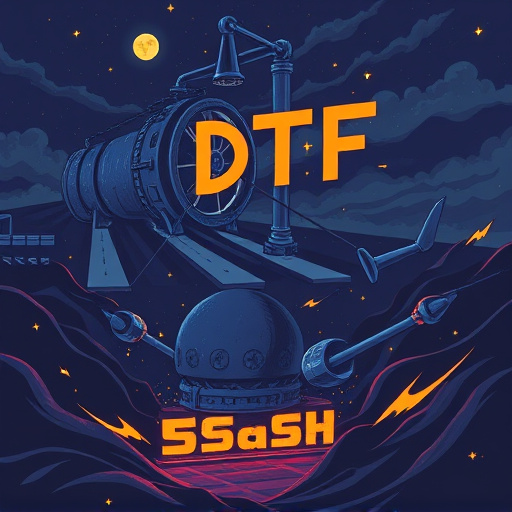
DTF transfers, or Direct-To-Fabric transfers, are pre-made designs prepared for immediate heat application onto various materials, especially textiles. This innovative technology has revolutionized the way we personalize and customize garments, allowing for efficient, precise, and permanent printing on a wide range of fabrics. DTF offers a straightforward process that eliminates the need for complex setup or lengthy preparation, making it an attractive option for both professional printers and hobbyists.
The beauty of DTF lies in its versatility and ease of use. These transfers are designed with heat-activating inks that bond strongly to fabric when exposed to specific temperature levels. With just a heat press machine, you can achieve crisp, vibrant prints on t-shirts, hoodies, caps, and more. This technology ensures fast turnaround times, enabling businesses and individuals to meet demands promptly. Moreover, DTF transfers provide an excellent solution for small batch production or one-off projects, making them highly adaptable to diverse market needs.
Advantages of Pre-made Heat Transfer Designs
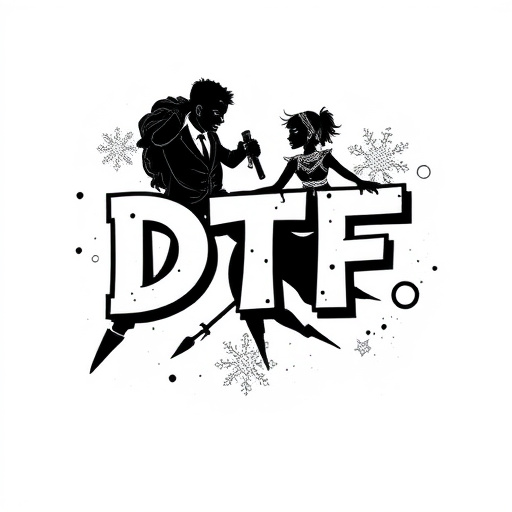
Pre-made heat transfer designs, often referred to as Direct-to-Fabric (DTF) transfers, offer numerous advantages for both amateur and professional fabric decorators. One of the key benefits is their convenience; these transfers are ready-to-use, eliminating the need for intricate design tracing or hand painting. This not only saves time but also ensures precise and consistent application, resulting in high-quality finished products.
Additionally, DTF transfers provide a wide range of creative possibilities. With various designs available, from simple graphics to complex imagery, decorators can quickly transform fabric into works of art. The direct application method allows for fast production times, making it ideal for small businesses, crafters, and individuals looking to personalize their garments or home decor items instantly.
Applications in Garment Printing and Customization
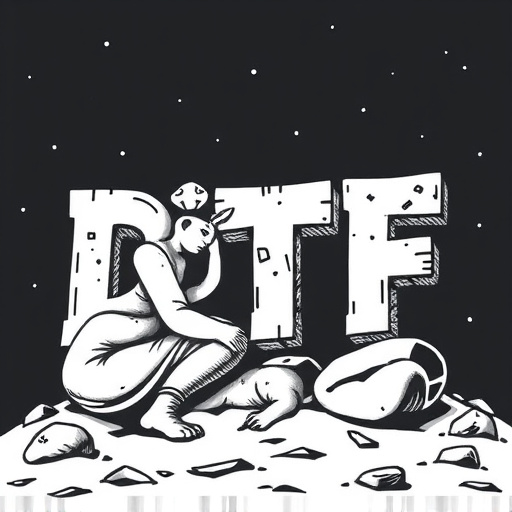
In the realm of garment printing and customization, Direct-to-Fabric (DTF) transfers have emerged as a game-changer. These pre-made transfers, prepared for immediate heat application, offer a swift and efficient method to transform plain garments into unique, personalized pieces. DTF technology enables designers and enthusiasts alike to effortlessly incorporate intricate designs, logos, or illustrations directly onto various fabrics, from cotton tees to denim jackets.
With DTF, the process of printing on clothes becomes streamlined. The pre-cut transfers, typically made from a heat-transferable material, are easily applied using a press or an iron. This instant applicability is particularly advantageous for small-batch production, custom orders, and even DIY projects. It allows for rapid turnaround times, catering to those seeking immediate results in their garment customization endeavors.
Choosing the Right DTF Materials for Your Project
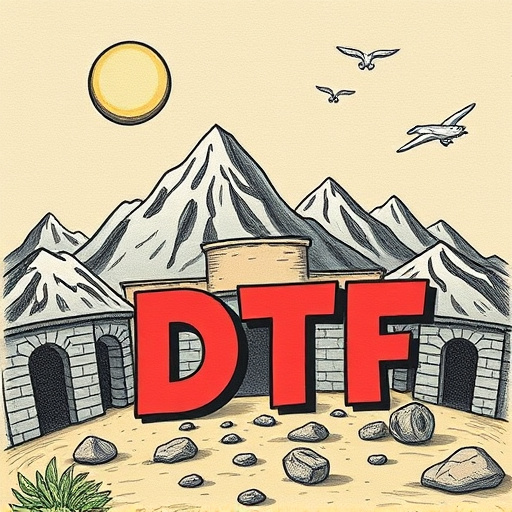
Choosing the right DTF (Direct Transfer Film) materials is a crucial step in any heat application project. The first consideration is understanding your project’s specific needs, including the size and shape of the components to be transferred. Different DTF materials have varying levels of flexibility, transparency, and durability, each suited for distinct applications—from intricate circuit designs to robust industrial labels.
When selecting a DTF, factor in the heat resistance required, as well as compatibility with your heating equipment. For high-precision work, opt for materials that offer fine detail reproduction and precise cutting. Additionally, consider environmental factors like temperature ranges and exposure to sunlight or chemicals, ensuring your chosen DTF can withstand these conditions without degradation over time.
Step-by-step Guide to Applying DTF Transfers
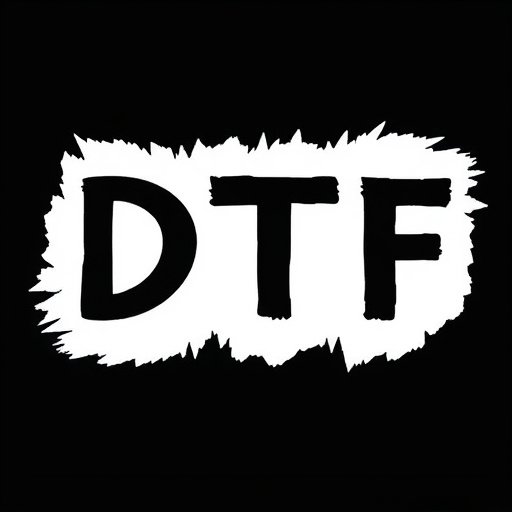
Applying DTF (Direct to Fabric) transfers is a straightforward process, allowing artists and crafters to achieve professional-looking designs on various fabrics. Here’s a step-by-step guide to help you get started:
1. Prepare Your Workspace: Ensure a clean, flat surface for work. Place the fabric on your workspace with the side intended for decoration facing up. Position the DTF transfer on top, aligning it carefully with the desired location on the fabric. This alignment is crucial for a seamless finish.
2. Heat Application: Use an iron or heat press to apply heat to the transfer. Heat activates the adhesive backing, allowing it to adhere to the fabric. Move the iron in a straight line or use a heat press to ensure even heat distribution. Be cautious not to overheat; different fabrics may require varying heat settings. After applying heat for the recommended time (typically 30-60 seconds), carefully remove the transfer paper, revealing your new design on the fabric.
Popular Techniques and Tools for DTF Heat Application
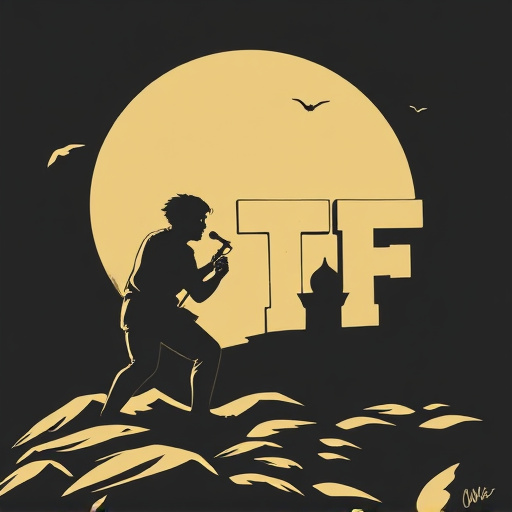
The Direct-to-Fabric (DTF) heat application process has gained significant popularity among garment manufacturers and hobbyists alike, thanks to its efficiency and versatility. Popular techniques include screen printing, digital printing, and heat press methods. Each offers unique advantages, catering to various design complexities and fabric types. Screen printing, for instance, is a traditional method known for producing high-quality, detailed prints on a wide range of materials, making it ideal for bulk production or creating intricate patterns.
Tools used in DTF heat application vary based on the chosen technique. Screen printers rely on screens, inks, and squeegees, while digital printing employs advanced machines that use UV curable inks to create precise designs. Heat presses, a common tool across methods, ensure even heat distribution, enabling the transfer of designs onto fabrics with precision. These tools collectively simplify the process, allowing creators and manufacturers to achieve professional results quickly, making DTF an attractive option for those seeking efficient, high-quality fabric printing solutions.



